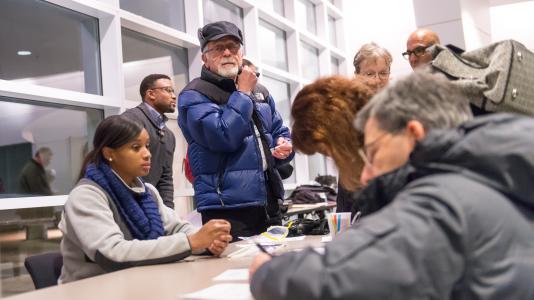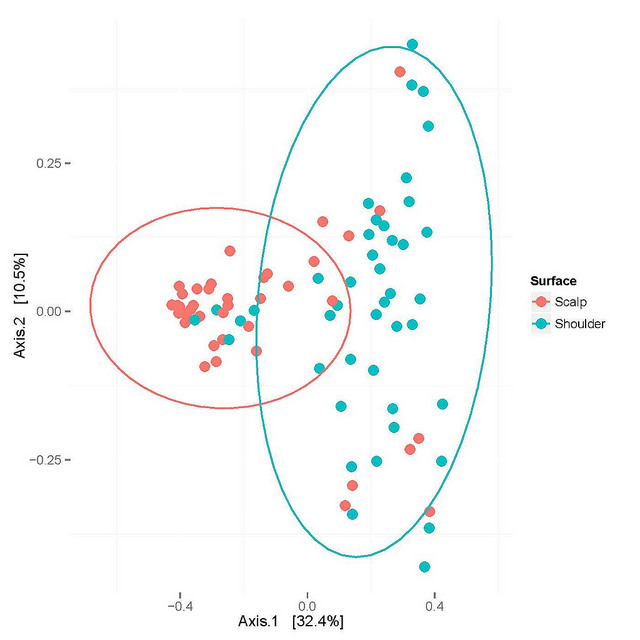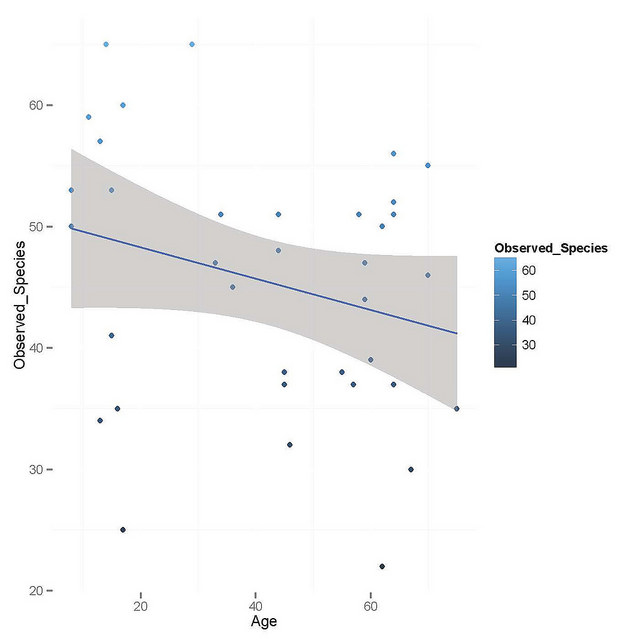
Prior to Gilbert’s presentation, there was a scientific display/poster session that, among other things, included a station at which Gilbert’s research team (Jarrad Hampton-Marcel, Angel Frazier, and Tifani Anton) collected bacterial samples from the scalps and shoulders of attendees who volunteered. Having had time to analyze and interpret the results, Gilbert’s team now shares this report:
We explored the bacteria that were found on the scalp and on the shoulders of the people who attended the lecture. We uncovered some interesting trends.
First, as expected, the bacteria that were found on the scalp were different from those that were found on the shoulders (Fig. 1). The ones on the scalp were predominantly common skin-associated bacteria belonging to the Staphylococcacae, Tissierellaceae, and Corynebacteriaceae.
Meanwhile, we found bacteria associated with the shoulder were likely to be skin-shed bacteria that were either alive or dead on clothing, specifically Neisseriaceae and Streptococcaceae. We also found that the bacterial community found on shoulders was much more variable in composition, likely because it was more random, suggesting that the majority of the organisms were dead.
We found that the bacteria on the scalp did not differ based on gender or race, suggesting that, for the most part, we all have quite similar microbial communities living on our scalps.
However, we did find that the number of species of bacteria found on the scalps actually seemed to decline with age (Fig. 2). We don’t yet know what this suggests, but there is a clear decline in microbial biodiversity with age, a trend that differs from what we typically see in the microbial community in people’s intestines, which have been shown to increase in biodiversity with age.
To view a recording of Gilbert’s talk or to share the recording with friends/family, visit our video library.

